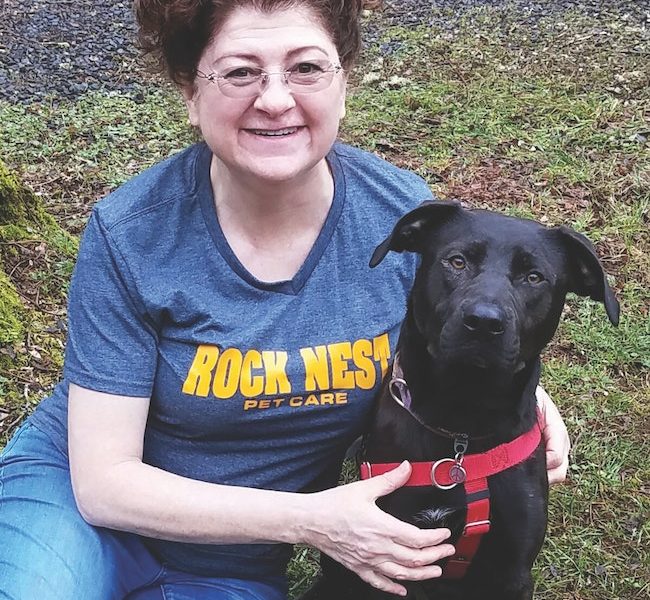 Cheri Spaulding
Cheri Spaulding
You get a new puppy or dog. Do you think that training will be a fun time? I do, with every dog I train.
The truth is, good training is like watching paint dry. Nothing exciting happens until one day you realize you have taught your dog something. That is a huge reward. I look back on all those little moments, disappointments, mistakes, some accomplishments, huge leaps in understanding, and reassessment of training plans with wonderment.
When I’m formally training and I have a deadline, I write out a training plan. All the parts to teaching the behavior I want the dog to learn. It doesn’t look like a chart with a straight line running diagonally up to the goal. The line dips, jumps and sometimes lays flat. Sometimes the dog gets it and goes from step four to step 10, other days the dog doesn’t seem to understand how to sit, let alone perform a complicated spin.
This is what I keep in mind during those training sessions:
* Make training sessions short, one to five minutes. Leave while your dog and you want more. The value of reward is important. Your dog may be happy to show off the newly learned “sit” at home for a bit of kibble. When he is in a stressful situation such as class or at a crosswalk, you want to use something of higher value to your dog for that sit. Try cut up hot dog, roasted chicken breast, tiny bits of string cheese. Each piece should be no bigger that your pinky fingernail.
To train one behavior such as “sit,” start in a distraction-free location, maybe your living room. Once your dog is consistently sitting when you give the command ONE time, have a training session in the backyard. Once your dog sits every time you ask ONE time for a sit, move the training sessions to the front yard. Do you see a pattern? You want to slowly challenge your dog with each step of training.
Dogs have off days like humans. If your dog doesn’t seem interested during the training session, stop. It’s not worth the frustration you might have or the stress to your dog. Your dog might be sleepy, hungry, not feeling well. You can come back later for another fiveminutes of training.
If your dog still seems to be struggling, maybe the environment is not set up correctly, too much distraction, or you are trying to teach too much at one time.
Environment should be distraction-free for your dog, just as when you’re studying for an exam, you want a quiet and clutter-free area. You don’t want to ask for too much from your dog while he’s learning. When you call your dog to come to you, you only ask for your dog to come close enough for you to give him a reward. Focus on the one thing, “Come, Rover” – don’t add requirements of sits, downs, stay, roll over after your dog has come to you. The next time you ask, your dog is probably going to decide it’s not worth it because there will be a lot of confusing cues with little reward.
There is something called latency, when all animals experience something and then walk away, there can be a chance it will be transferred to long-term memory. By keeping the training sessions short and working on tiny sections of the target behavior, there is a better chance your dog will come back to the next session performing better. There have been antidotal incidents and scientific studies stating that a dog may remember a single training session or event several months later. I have seen evidence of it in my dogs.
To learn more about how to get dogs to learn and other animals, check out “Don’t Shoot The Dog!” by Karen Pryor.
Rock Nest Training & Pet Care, LCC 541-895-3162 or www.rocknestpetcare.com








